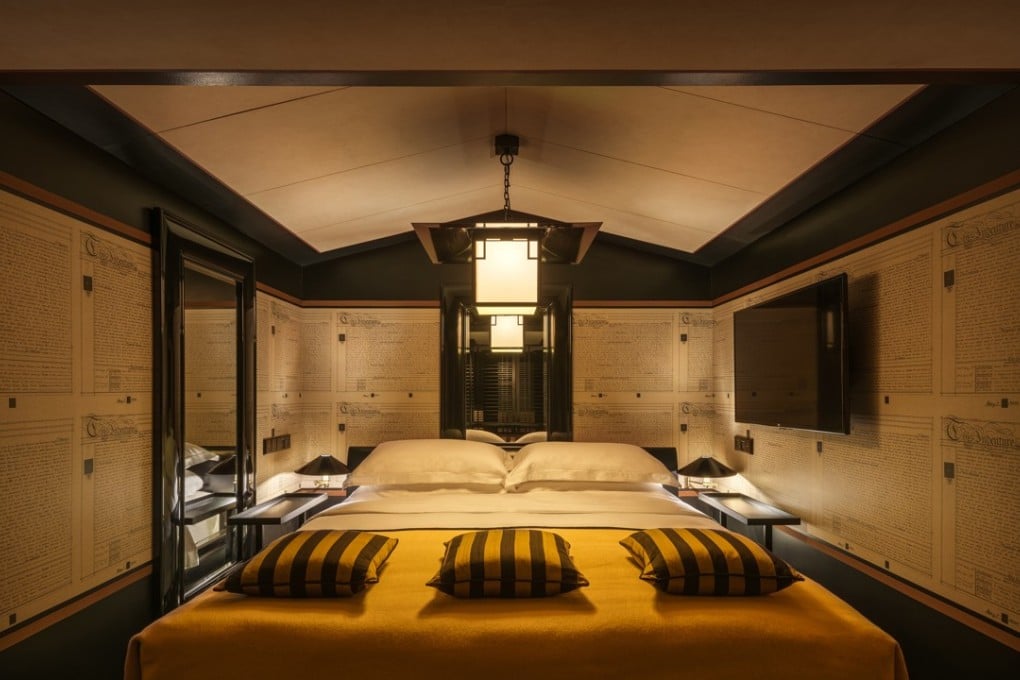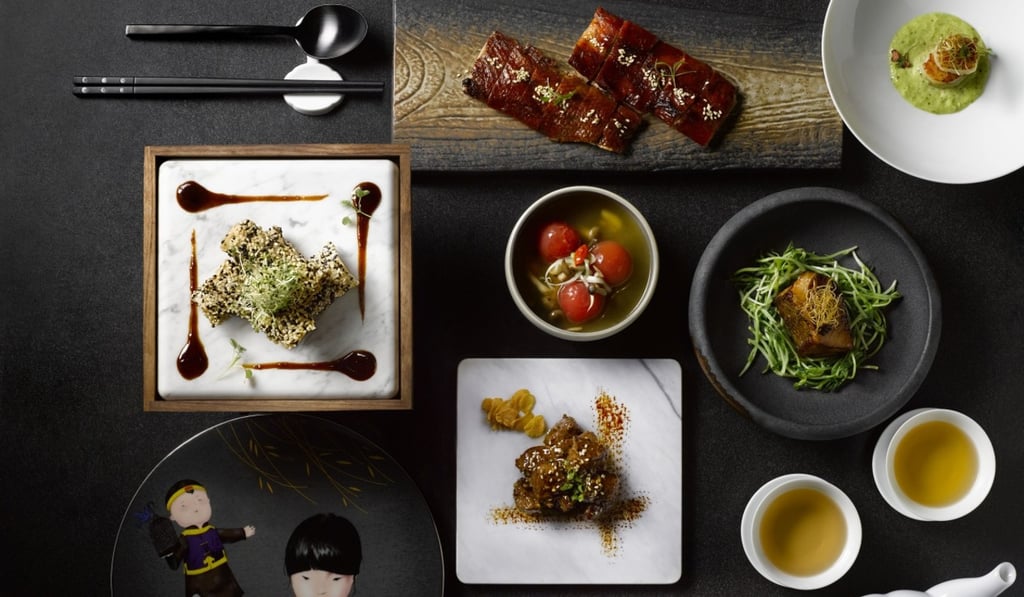Singapore’s new Six Senses hotel: designed by Bond girl, inspired by neighbourhood’s opium-laced past
Anouska Hempel is the woman behind the Six Senses Duxton’s exotic design, which brings the Lion City’s colourful history to life

What’s different about this Six Senses? Six Senses is synonymous with clean architecture and pared-down interiors but, until now, it has chosen to open in exotic locations such as the Seychelles, Bhutan and Ninh Van Bay, in Vietnam. Thus, its first foray into Singapore, in a traditional shophouse district row of heritage buildings, is something of a departure for the brand.
Old-world Singapore charm takes pride of place then? Yes, and the design was guided by London-based actress-turned-designer Anouska Hempel, who is known for edgy, sexy hotel interiors. The former Bond girl (she starred in 1969’s On Her Majesty’s Secret Service) has not deviated from her signature style for Six Senses. The property is laced with oriental exoticism, which feels like a fantasised, luscious interpretation of the history of the Tanjong Pagar district in which the Duxton stands.
Wasn’t the neighbourhood once home to opium and gambling dens, and brothels? Well, let’s just say it was colourful and multiracial – much as Singapore still is. Fitting right in, the hotel features Malay timberwork, Portuguese shutters and carved Corinthian pilasters, all typical of 19th-century architecture throughout the Malay Peninsula. The walls in the common areas are decked out in shiny black, bright yellow and vibrant gold.Most the 49 rooms and suites– with names such as Pearl, Shophouse and Opium – feature custom-made furniture such as black lacquered tables and four-poster beds.
The hotel also offers local visits – to an establishment where Chinese tea appreciation can be learned, for instance – and complimentary in-room consultations with a traditional Chinese medicine practitioner. As one might expect from a hospitality brand that is ahead of the curve when it comes to sustainability, water is bottled on-site in recyclable glass bottles and the windows have been treated with an insulated glaze, to reduce the need for air conditioning.

